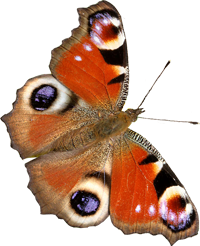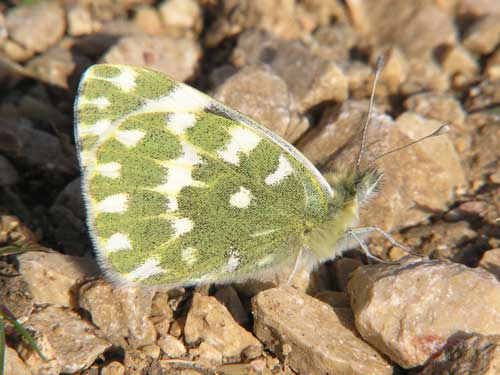
Bouches du Rhône, France, April 2004
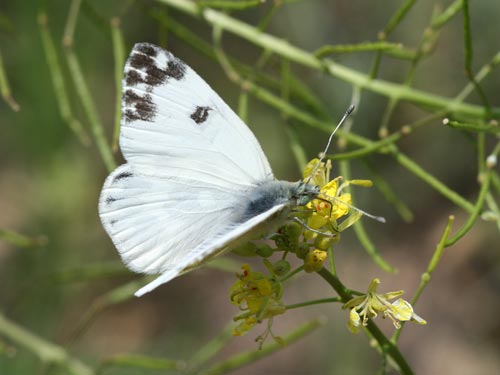
Catalonia, Spain, May 2007
Field notes and information
There are, apparently, two species of bath white in Europe and north Africa - the bath and the eastern bath whites, P. daplidice, P. edusa. The differences appear limited to the biochemical scale. So to all intents and purposes the species are impossible to separate except in the molecular laboratory... and thus identification is generally possible based solely on distribution.
The English name comes from one of the earliest records of the butterfly in southwest England near the city of Bath. Nothing to do with personal hygiene!
Identification & Similar species: Superficially similar to the dappled whites, Euchloe, species plus the other bath whites.
Distribution is our only method of separating the two bath whites ( daplidice, edusa) species outside the molecular laboratory. It is often common where found but can crop up just about anywhere as wandering or migrating singletons.
Distribution & Flight: The distributional split between daplidice/ edusa occurs roughly along the eastern border of France. To the west and in north Africa daplidice is found, to the east edusa. Combined, these two species fly in most of Europe, migrating northwards into south UK (very rare), north Germany and south Scandinavia. Migrating individuals from the south probably reinforce existing populations further north.
Flies from the beginning of spring (e.g. March in south Europe, later further north) until late summer and often more frequent as the year progresses.
Habitat & Behaviour: Can appear just in about any open grassy or flowery place, forest rides etc. Typically around bare ground where the larval foodplant Reseda sp. (e.g. weld, mignonette) thrives, such as stony or rocky places or disturbed ground in cultivated areas or along roadsides. Also takes various Brassicaceae (cabbages).
This is a very strong flier. It is usually seen flying very rapidly and directly across usually dry places with grass or stones. It is attracted to flowers but only stays briefly before flying on. In the morning though it can be found warming up on rocks in the sun when close approach is easiest.
In flight it can be separated with with 90% certainty from the dappled whites - not sufficient for recording purposes but a good indication. This bath whites fly with shorter, faster wing beats and the wings appear more pointed when in flight than the dappled whites.
Variation: The extent of the upperside black colouration is variable. The greenness of the underside is also highly variable, with pale brownish yellow found in some individuals in the south.
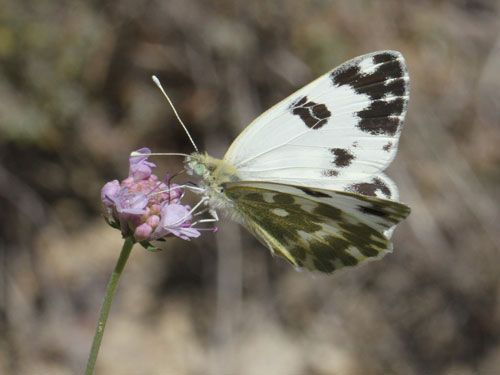
Bouches du Rhône, France, July 2010
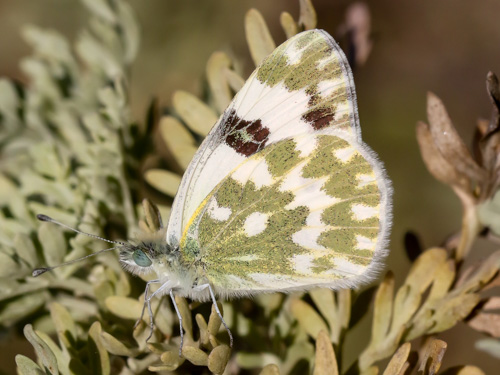
La Gomera, Spain, August 2021
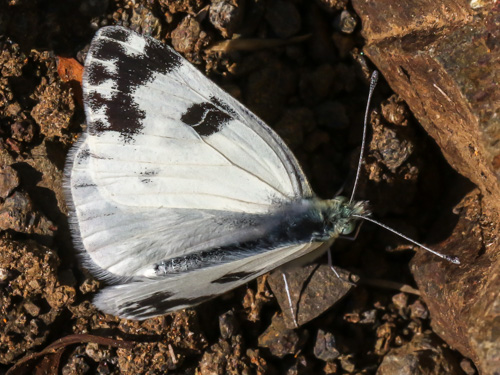
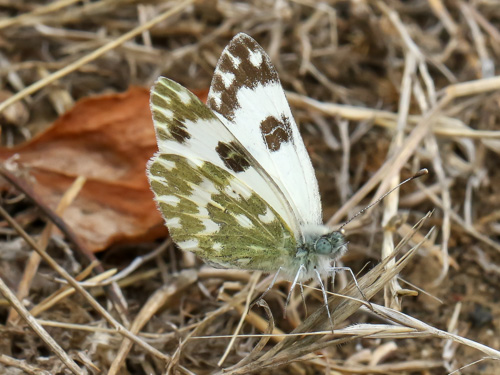
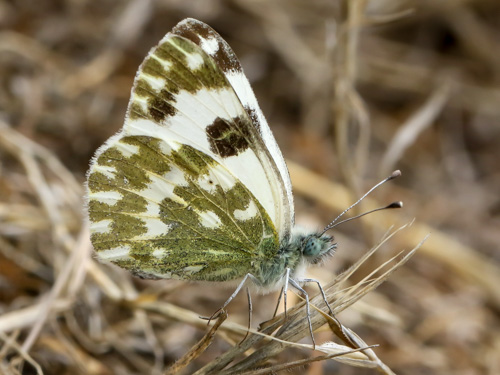
La Gomera, Spain, August 2021
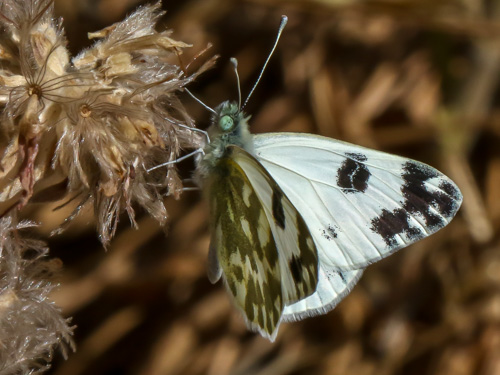
Tenerife, Spain, August 2021
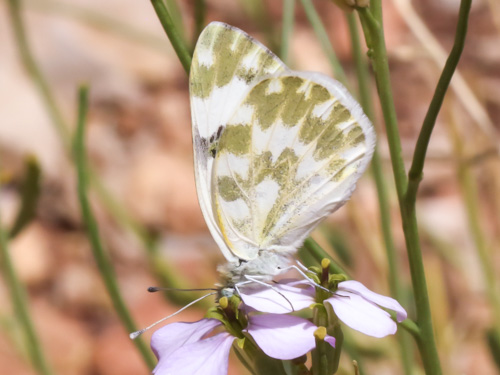
High Atlas, Morocco, August 2019
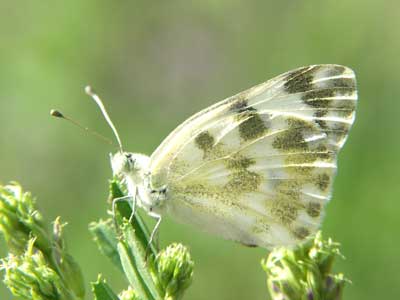
High Atlas, Morocco, July 2005
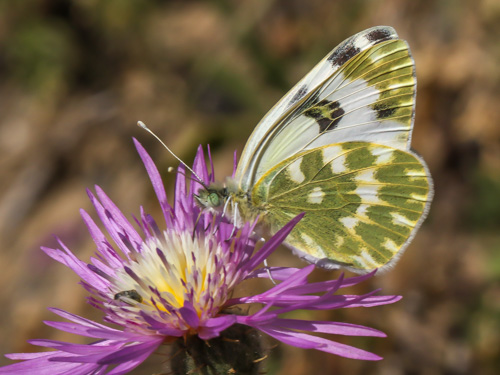
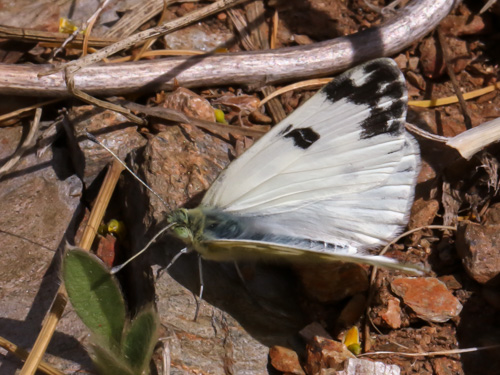
Malaga, Spain, May 2019
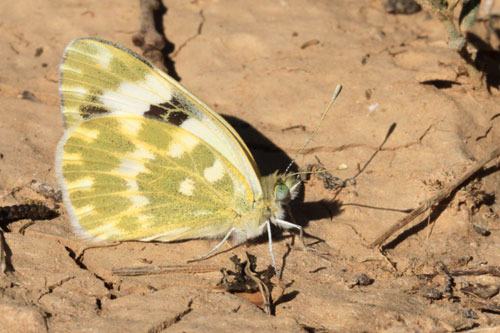
Montes Universales, Spain, July 2011
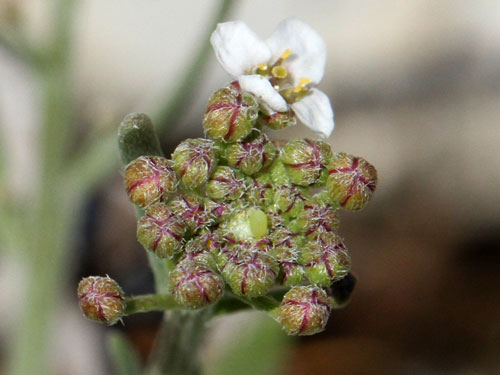
Bouches du Rhône, France, July 2010
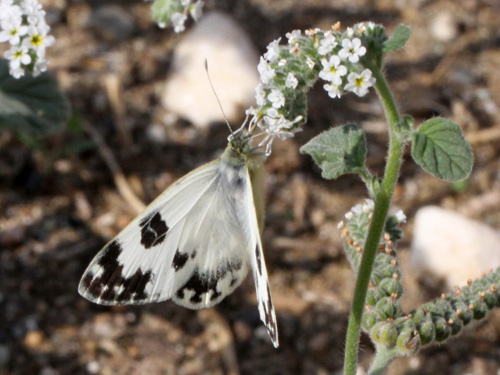
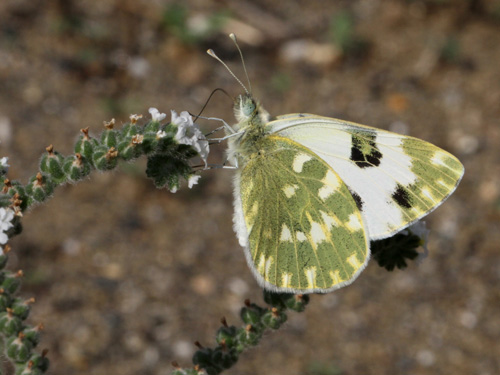
Malaga, Spain, October 2014
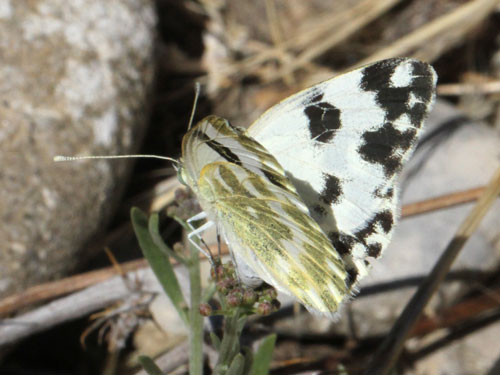
Bouches du Rhône, France, July 2010
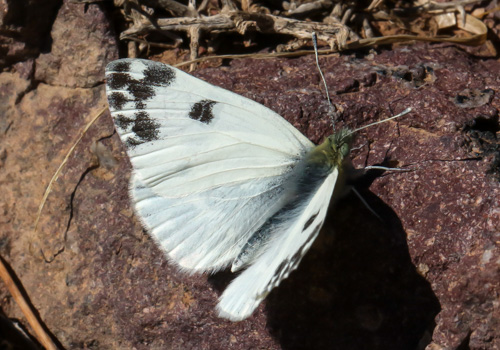
Anti-Atlas, Morocco, March 2022
